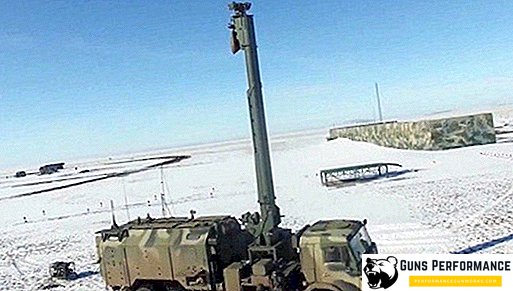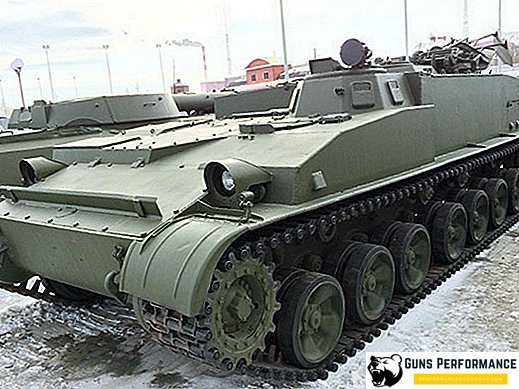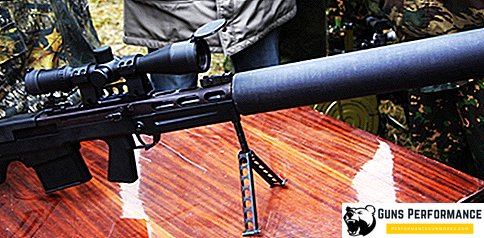
The international military forum "Army-2018" continues. Artillery and rocket systems occupy a large part of its exposition. Visitors can see the newest self-propelled gun "Coalition-SV", operational-tactical complex "Iskander", cannon "Malka" of 203 mm caliber and many other interesting developments. But artillery is not only what fires, its effective work is impossible without high-quality means of target designation and reconnaissance.
It is for this reason that on the stand of the Chief Rocket and Artillery Directorate of the Defense Ministry of the Russian Federation, you can see the layout of the new intelligence complex, which is known to the general public under the name Penicillin. Experts believe that his appearance can lead to the same revolution in artillery, which at one time made his "namesake" in medicine. Thanks to the sensitive sensors of the complex, the military will be able to accurately determine the location of enemy batteries, while remaining invisible to the enemy. "Penicillin" will be able to detect even launchers of anti-aircraft and tactical missiles.
It is planned that next year the reconnaissance complex will begin to enter the troops.
What is "Penicillin" and why it is needed
Today, the detection positions of enemy artillery is made using radar systems. A typical example of such equipment is the anti-battery radar "Zoo-1", adopted by the Russian army in 2008. Its principle of operation is quite simple: the radar detects the trajectories of projectiles or rockets, and then the computer calculates where they were launched from. The problem is that the use of radar instantly reveals the location of the station itself, making it vulnerable to enemy fire. In addition, it can be suppressed using various EW systems.
True, there are advantages: "Zoo" is able not only to calculate enemy batteries, but also effectively correct the fire of its own artillery.
The Penicillin complex works in a completely different way. Its main part is a remote optoelectronic module of the direction-finding equipment, designed to fix radiation in the infrared and visible spectrum from the terrain and various objects. It is located on a special rod, which unfolds during combat use.
In addition, this complex has in its composition special sound receivers, which literally "listen" to the earth, like acoustics on submarines. The information received from the sensors goes to the receiving equipment and displays the situation in real time.
"Penicillin" is able to detect the positions of mortars at distances of 10 km, the location of ACS and towed artillery - up to 18 km, rocket launchers - up to 40 km.
Up to 30 targets can be detected simultaneously. The width of the exploration band is 20-25 km. During the tests, the complex showed very high accuracy, reaching one and a half angle minutes. More accurate data on its characteristics are still kept secret.
The samples of the complex shown earlier were installed on the chassis of the KamAZ-6350 truck. Another version of the execution was demonstrated at the Army-2018 forum - using the Typhoon-K armored car.
The biggest advantage of "Penicillin", of course, is its complete "passivity." The complex does not produce any radiation, according to which it can be traced by the enemy. Thus, the enemy will have no idea at all whether they are watching him or not. Usually, well-trained scouts are used to adjust artillery fire, who are forced to work in the immediate vicinity of the enemy, and even in his rear. Naturally, this carries enormous risks to their lives. The Penicillin complex is capable of taking on a large part of this complex and dangerous job.












